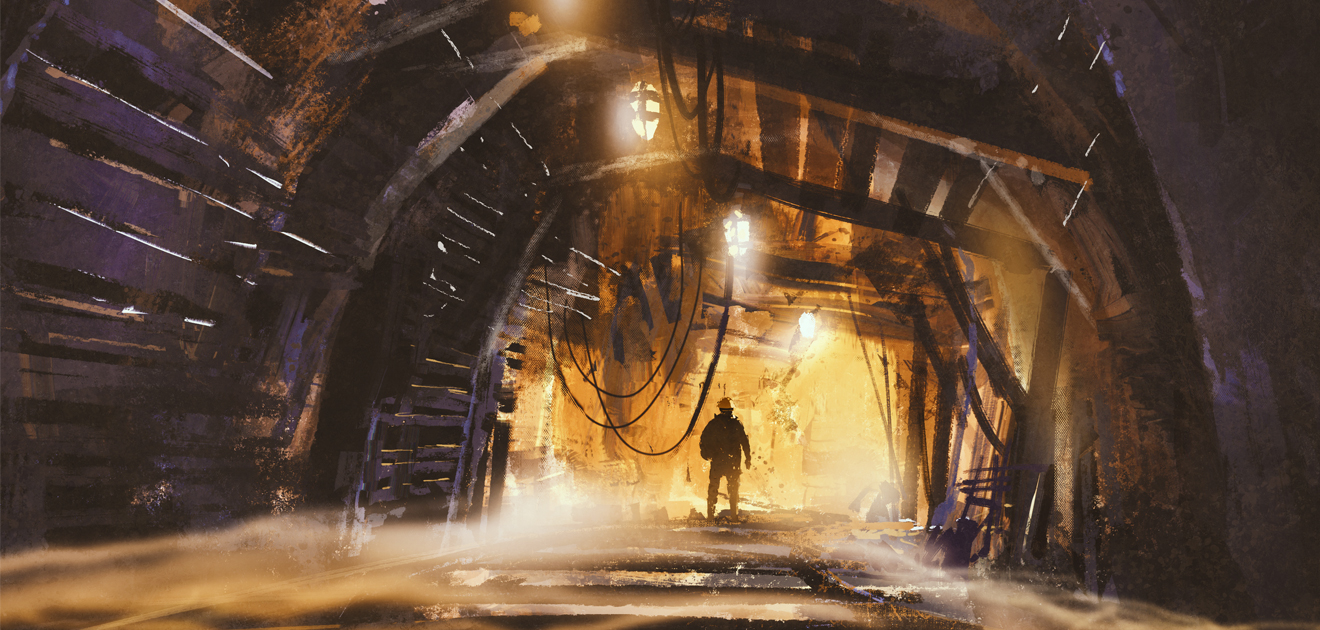Underground mining operations are a crucial part of the process of mineral resource extraction. Due to the complex underground environment and harsh working conditions, these tasks require not only professional skills but also a high level of safety awareness.
The main types of underground mining operations
Mining operations: Mining operations are the focus of underground operations, including the extraction of ore and the excavation of rocks. Workers use drilling machines, blasting and shoveling equipment to separate ore from the ore body. This process requires highly precise operations to ensure the efficiency and safety of ore mining.
characteristic:
Strong technicality: requires mastery of professional skills such as drilling rig operation and blasting techniques.
High risk: Blasting operations pose risks such as gas explosions and landslides.
High labor intensity: Mining operations are often carried out in narrow and slippery environments, requiring significant physical exertion.

Support operation: Support operation refers to the use of various support methods to reinforce the mine during the mining process in order to prevent the collapse of the roof and surrounding rock. Common support methods include anchor rod support, shotcrete support, and steel bracket support.
characteristic:
Safety guarantee: Effective support operations can significantly reduce the risk of mine collapse and ensure the safety of workers.
Technical requirements: It is necessary to have a deep understanding of the geological structure of the mine and develop appropriate support plans.
Continuity: Support operations run through the entire mining process of the mine and require continuous monitoring and maintenance.
Ventilation operation: Ventilation operation is an important task to ensure the air quality of underground working environment. The main task of the mine ventilation system is to eliminate harmful gases, provide fresh air, and maintain appropriate temperature and humidity. Ventilation operations involve installing fans, setting up air ducts, and monitoring gas concentrations.
characteristic:
Strong necessity: Good ventilation is a basic condition for ensuring the health and safety of miners, especially in coal mines containing gas.
Real time monitoring: It is necessary to monitor the air quality in real time to ensure that the concentration of harmful gases is within a safe range.
Frequent maintenance: Ventilation equipment and systems need to be regularly inspected and maintained to ensure their normal operation.
Drainage operation: Drainage operation is an important task for dealing with underground water accumulation. During the mining process, mines often encounter groundwater, and the drainage system needs to promptly drain the accumulated water to prevent flooding of the mine.
characteristic:
Equipment dependency: Relying on drainage equipment such as water pumps, it is necessary to ensure the normal operation of the equipment.
Urgency: In case of sudden water accumulation, measures should be taken quickly to avoid accidents.
Regular inspection: Drainage pipes and equipment need to be inspected regularly to prevent blockages and malfunctions.
Transportation operation: Transportation operation is the process of transporting mined ore and waste rock from underground to the surface. The main equipment includes mining cars, elevators, and conveyor belts.
characteristic:
Efficiency requirement: Transportation efficiency directly affects the production efficiency of the mine.
Security guarantee: The safety of the transportation system is related to the stable transportation of ore and the safety of personnel.
Equipment maintenance: Transportation equipment requires regular maintenance to ensure its normal operation.
Challenges and Countermeasures of Underground Mining Operations
Safety risks: Underground mining operations face various safety risks such as gas explosions, landslides, and water hazards. Therefore, mining enterprises need to strengthen safety training, improve safety equipment, and develop detailed emergency plans.
Poor environment: The underground environment is often narrow, humid, with poor air quality and harsh working conditions for workers. Improving underground ventilation, lighting, and drainage systems can enhance the working environment.
Technical requirements: Underground operations require high technical proficiency from workers. Through continuous skill training and technological updates, workers' operational skills and work efficiency can be improved.
There are various types of underground operations in mines, including mining, support, ventilation, drainage, and transportation. These jobs not only have high technical content and high labor intensity, but also face various safety and environmental challenges. Through scientific management, technological innovation, and strict safety measures, mining enterprises can effectively improve the efficiency and safety of underground operations, ensuring the safety of miners' lives and property. Understanding and mastering the characteristics and requirements of underground mining operations can help promote the healthy development of the mining industry.







Comment